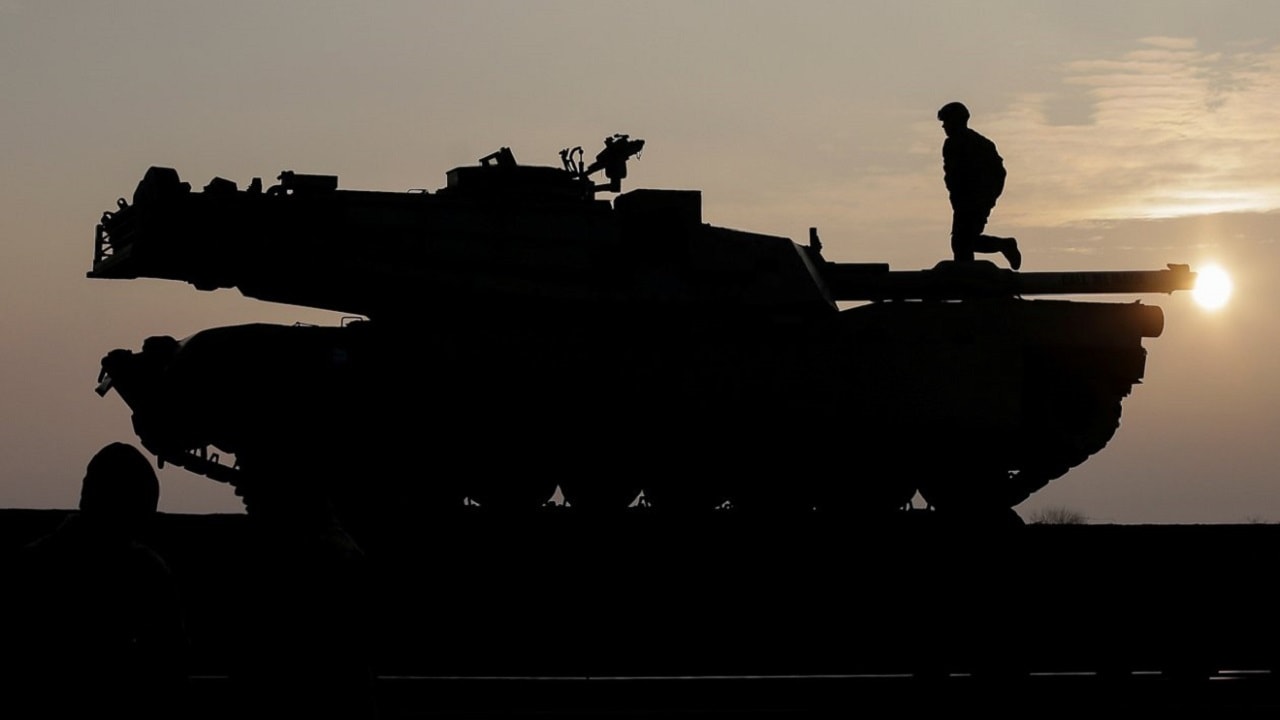The NATO Response Force Is Ready: Russian President Vladimir Putin’s illegal and unprovoked invasion of neighboring Ukraine has prompted a rare reaction from the U.S. and its European allies. In response to the latest Russian aggression NATO partially activated its 40,000-strong Response Force last week for the first time in history.
The NATO Response Force
The NATO Response Force is a joint multinational force designed to address security challenges that range from crisis management to collective defense to deterrence—it is for the latter that the unit has been activated now. It is composed of land, air, and maritime units and also has a special operations forces contingent. The unit, which has approximately 40,000 troops, is designed to be self-sustainable for the crucial first days of an operation.
“In light of Russia’s actions, we will draw all the necessary consequences for NATO’s deterrence and defense posture. Allies have held consultations under Article 4 of the Washington Treaty. We will continue to take all measures and decisions required to ensure the security and defense of all Allies,” NATO said in a press statement last Friday.
Following the Russian invasion and annexation of Crimea in 2014, NATO added an additional element to the NATO Response Force. The Very High Readiness Joint Task Force (VJTF) is the quick reaction element of the NATO Response Force designed to deploy first and pave the way for the larger formation.
But NATO’s reactive activation of its Response Force doesn’t mean that World War III is around the corner. From the start of the Ukraine crisis in October, the U.S. said that no American troops would deploy in Ukraine to fend off a Russian invasion. The White House has repeatedly reiterated that decision.
“We have deployed defensive land and air forces in the eastern part of the Alliance, and maritime assets across the NATO area. We have activated NATO’s defense plans to prepare ourselves to respond to a range of contingencies and secure Alliance territory, including by drawing on our response forces,” the NATO member states added.
NATO announced that its rotating significant forces on defensive deployments to the eastern flank of the transatlantic alliance, namely Poland, Romania, and the Baltic States. The aim of these deployments is to provide a robust and credible deterrence against potential Russian aggression. However, the leaders of NATO were careful to highlight that the activation of the NATO Response Force and any other rotations in the area are “preventive, proportionate, and non-escalatory.”
It is important to understand that the activation of NATO’s Response Force is a precautionary movement, more aimed to reassure NATO’s eastern flank members rather than a threat to Putin’s Russia. Should NATO go to war with Russia, it would likely spark a new global conflict with potentially nuclear ramifications. And that won’t benefit anyone, even the increasingly isolated Putin.
“With the response plans approved by the North Atlantic Council and in line with the evolving security environment, we are now employing elements of the NATO Response Force. This is an historic moment and the very first time the Alliance has employed these high readiness forces in a deterrence and defence role. They represent a flexible, combat credible force that can be employed in multiple ways and we are utilizing fully their inherent agility,” U.S. Army General Tod Wolters, the NATO Supreme Allied Command Europe (SACEUR), said following the activation of the NATO Response Force.
The Supreme Allied Commander Europe, who is always the commander of the U.S. European Command (EUCOM) and is thus dual-hatted, is in command of the NATO Response Force.
Long In The Making
The activation of the NATO Response Force was long in the making. In the months and weeks before the Russian invasion, U.S. and NATO forces upped their vigilance and readiness.
For example, a few weeks before Russian President Vladimir Putin decided to invade Ukraine, NATO conducted a large-scale exercise in the Mediterranean Sea. And for the first time since the end of the Cold War, a U.S. Navy carrier strike group came under NATO command. Centered around a nuclear-powered aircraft carrier and its support warships, a carrier strike group is the Navy’s most potent formation and America’s best show-of-force mechanism.
It’s important to remember that NATO is a defensive alliance. When it was established in the aftermath of the Second World War and the onset of the Cold War, its sole purpose was to defend Europe from a potential Soviet invasion. NATO isn’t designed to take aggressive action—and it would probably be ineffective at that considering the d character of the alliance. The more political masters a military organization has, the less effective it is on the battlefield.
1945’s New Defense and National Security Columnist, Stavros Atlamazoglou is a seasoned defense journalist specializing in special operations, a Hellenic Army veteran (national service with the 575th Marine Battalion and Army HQ), and a Johns Hopkins University graduate. His work has been featured in Business Insider, Sandboxx, and SOFREP.

